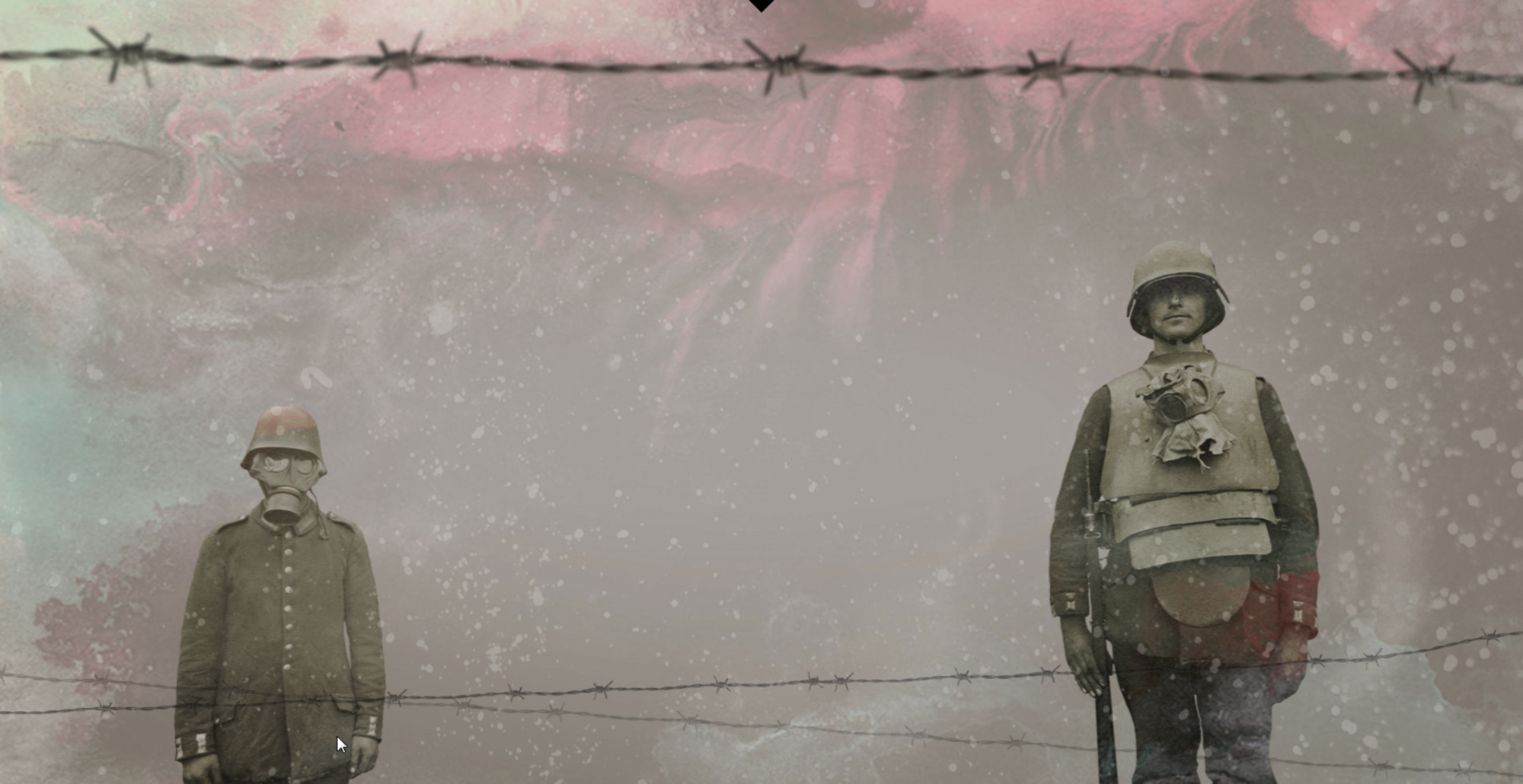
- Home
- Underground war and technical innovations
- A mole’s life
- Underground sleeping quarters at Arras
The quarries at Arras turned out to be a major asset during preparations for the Battle of Arras, scheduled for 9th April 1917. Tunnelling work undertaken by specialist engineers from New Zealand allowed the British troops to pop up just metres in front of the German lines. The war diary kept by this unit serves as an invaluable tool for understanding the work done in these quarries, which were used to house kitchens and medical units. The water supply was provided by pipes or wells. Latrines for officers and men were installed in each room. Although they did not fully satisfy the sanitary regulations in force in the British Army concerning the installation of temporary camps, the quarries at Arras did offer a high level of safety in spite of their proximity to the front line, and sheltered the men in relative comfort before they made their way up to the lines.
These were the most substantial underground constructions completed by the British Army in this domain. On 3rd April 1917 the first battalion to use these facilities moved from the Grand’Place d’Arras to the quarries of the Saint-Sauveur district. A series of British combat units would pass through these shelters. The thousands of drawings and written graffiti they left behind give us an insight into the atmosphere in the ranks on the eve of a major battle, as well as providing information on the organisation of these colossal underground facilities capable of holding over 24,000 men, equivalent to the entire population of Arras before the outbreak of war.
Associated media
Open Media Library

Elephant drawn on the wall of British underground Arras

Carved cross in the British undergrounds of Arras.

Sign board for stretcher bearers and injured to orientate themselves

Sign board allowing stretcher bearers and wounded to orientate themselves.

